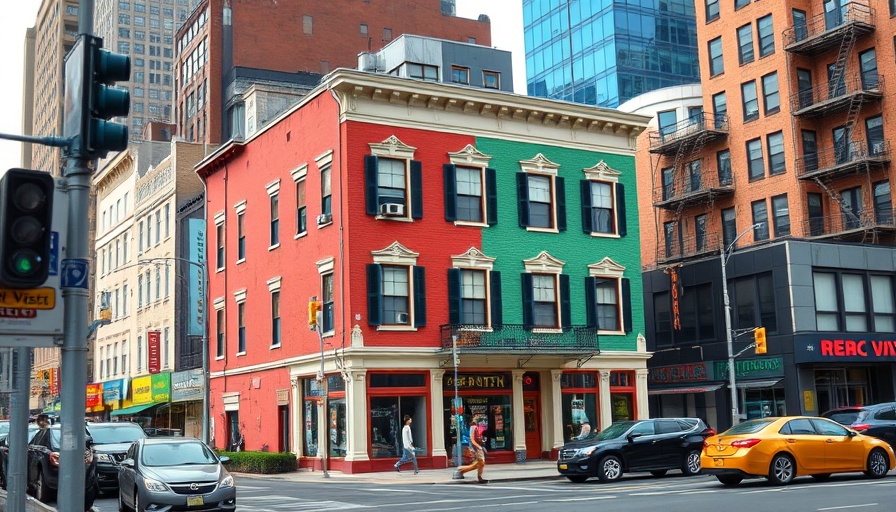
Discover Manhattan's Hidden Urban Gems
For residents and visitors of Manhattan, understanding the significance of the area's landmarks provides a deeper connection to the rich tapestry of history and culture that defines the city. The newly launched Landmarks60 Timeline Map serves as a crucial tool, inviting individuals to explore more than just the well-known monuments. From the intricate architectural details of historic buildings to the bustling atmosphere of urban parks, this map highlights sites that often fly under the radar but are invaluable to the city’s character.
The Impact of Historic Preservation
Historic preservation is not just about maintaining the past; it shapes the present and future. By emphasizing the importance of New York’s varied heritage, the Landmarks60 Timeline Map encourages current and upcoming generations to recognize and appreciate the architectural and cultural significance of their surroundings. Lawyers, accountants, and medical professionals—often seen as separate from cultural pursuits—can also engage with their city’s history and draw inspiration from it for their respective fields.
Empowering Community Engagement
The Timeline Map aligns with growing public interest in community engagement and urban exploration. It encourages city dwellers to forge connections with their neighborhoods, understanding how landmarks contribute to local identity. By highlighting lesser-known sites alongside famous ones, this initiative not only fosters appreciation but also promotes civic pride and active participation in preserving these treasures.
Investing time in learning about one’s environment can lead to a greater sense of belonging in the fast-paced world of New York City. Whether you're preparing for a casual weekend or planning your next business meeting, immersing yourself in the history of your locale can be refreshingly enlightening.
 Add Row
Add Row  Add Element
Add Element 



Write A Comment